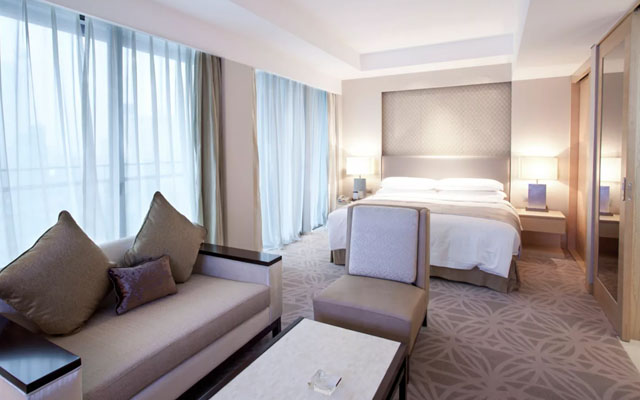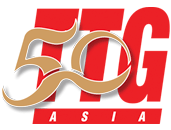
After seeing a double-digit decline in visitor arrivals from its high-spending source markets of Saudi Arabia and the UAE, Malaysia will this year ramp up promotions to reestablish its presence in the Middle East.
Arrivals from Saudi Arabia had declined 16.6 per cent to 92,789 tourists for the first 10 months of 2017, whereas arrivals from the UAE were down 38.9 per cent to 7,255.
Tourism Malaysia’s reduced promotional budgets in 2016 and 2017, which resulted in a weaker presence in the UAE compared to competing destinations such as Thailand and Indonesia, was part of the reason for the decline, said a source from the NTO.

The source added: “There is also increased competition from other countries to attract Middle Eastern travellers. Turkey, Georgia and Azerbaijan have become hot destinations for Middle Eastern travellers due to affordable airfares offered by LCCs and short flight time of between three to four hours.
“Also, the decline in tourist arrivals from Saudi Arabia was partly due to the austerity measures taken by the Saudi Arabian government to save money after tumbling oil prices. This included cutting minister’ salaries by 20 per cent and scaling back perks for public sector employees from September 2016 until March 2017. The uncertainty in the economy led some travellers to hold back on their longhaul holiday plans.”
The Ministry of Tourism and Culture Malaysia and its promotional arm, Tourism Malaysia, are understandably concerned as Middle Eastern travellers are the top spenders in Malaysia and spend between seven to 10 nights, depending on their country of origin.
A tourist from Kuwait spends an average of RM1,185 (US$303) per day, while UAE tourists spend RM1,046 per day and Saudis RM943.
In comparison, Singaporeans, who make up close to half of total arrivals to Malaysia, spend an average of RM720 per day with an average length of stay of four nights.
From this year, Tourism Malaysia is ramping up international promotions to all major markets, including the GCC countries in a lead up to Visit Malaysia Year 2020. It will, for example, promote the campaign at the Arabian Travel Mart this year.
At the same time, Tourism Malaysia will work with various partners including airlines and travel agents in the UAE on targeted marketing campaigns, which will use traditional media as well as social media such as Facebook, Twitter and Snapchat.
“We also maintain constant engagement with frontliners by updating them with new products and destinations such as Ipoh and Desaru Coast to attract repeat visitors and avoid product fatigue,” said the Tourism Malaysia source.
In Saudi Arabia, Tourism Malaysia will participate in major tourism fairs such as Jeddah International Travel and Tourism Exhibition (February 28 to March 2) and Riyadh Travel Fair (April 10 to 13), and emphasise more on e-marketing and social media to target millennials and independent travellers.
Malaysia’s mid-year mega sales period has been specially timed to coincide with the summer holidays, which is also the peak arrival period of Middle Eastern travellers to Malaysia. Known as Carnival Mega Sale, it will run from June 15 to August 31 as part of the government’s efforts to promote Malaysia as a shopping paradise to the Middle Eastern traveller.



















